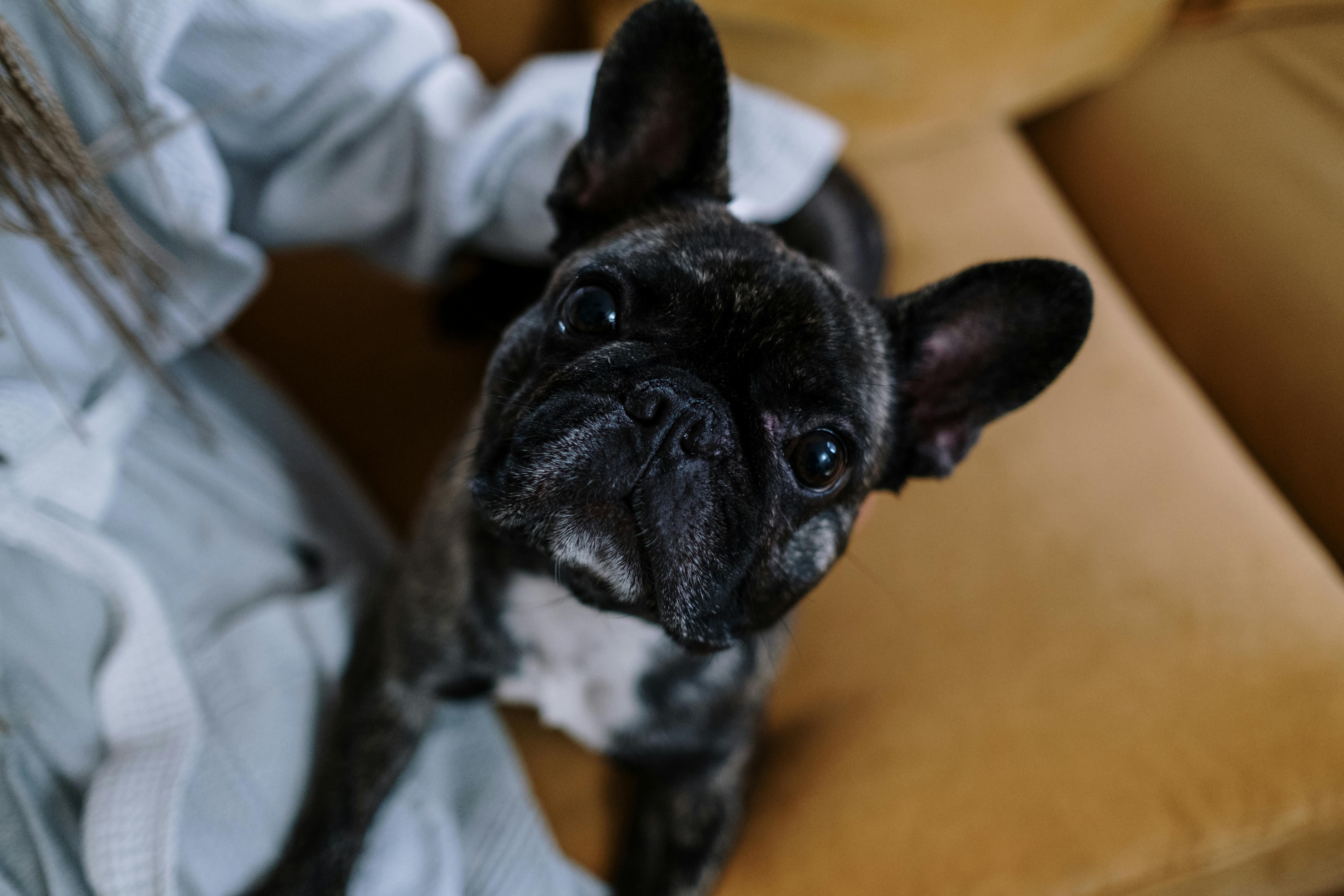The Norwegian Elkhound dates back to the stone age. Through the study of the fossils of that time it can be determined that the same basic dog that we know today as the Elkhound existed.
This breed has such a purity of ancestry that it can be considered as one of the oldest dogs. The Norwegian word for dog, elghund, actually means “moose dog”, however Elkhound is the translation that stuck. Hound is probably not an appropriate term for the dog that does not have a hound in its genetic makeup. However, despite this, the dog was brought to the American Kennel Club in the Hound group. Devotees of the breed find keeping the dog in this class or group can be a disadvantage, as it bears little resemblance to dogs normally entered as “hounds”.
There are three varieties of the Norwegian Elkhound, all three are close cousins and have remained unchanged over the centuries. The Gray Elkhound is the most familiar, then there is the Black (which is a slightly smaller variety) and the Swedish or Jamthound.
Today, the Elkhound is still used in northern countries to track and follow wild animals, including moose, moose, deer, lynx, and wolves. Many pet owners of this breed have no idea that it is, in fact, a hunting dog with unique versatility, as it howls on the lead, creeps silently behind the animal, or attacks by dodging and feinting to take down. to the animal Those who hunt with this dog will insist that it can pick up the scent of moose or elk up to three miles away. It is also used in small game hunting because elk and moose are not as plentiful as they used to be and of course there are now set hunting seasons for these animals. The Norwegian Elkhound is generally a versatile farm dog, chasing down all manner of marauding predators and also becoming useful as a herding dog for livestock. The Norwegian Elkhound is a medium-sized dog with a dense coat. The color is solid gray in varying shades, with black tips at the tips of the hairs. There is usually a typical whiter band of hair over the shoulders and around the eyes in a bespectacled look. Also the breeches on the hind legs and the underside of the tightly curled tail are in lighter shades. Actually, the breed’s markings are similar to those of the Keeshond. However, the Keeshond has a much longer coat. Today’s Norwegian Elkhounds are popular as family pets in most parts of the world and are of course shown at dog shows.
One of the best known judges and breeders, Patricia Hastings, made the Norwegian Elkhound famous on show tracks in the United States and also at Crufts. She bred and bred this breed for many years and led several of her dogs to coveted Best of Breed victories and even Best in show at Westminster, later becoming a highly skilled judge. No doubt her positive influence on the breed has increased the number of these dogs now found as family pets. However, the dog is not a dog that is for everyone. He is a dog that must have a purpose and simply lying around the house is not part of his nature. Any dog that has strong working or hunting instincts can become bored quickly and quite destructive if the hard-working nature of the breed is not channeled and encouraged.
